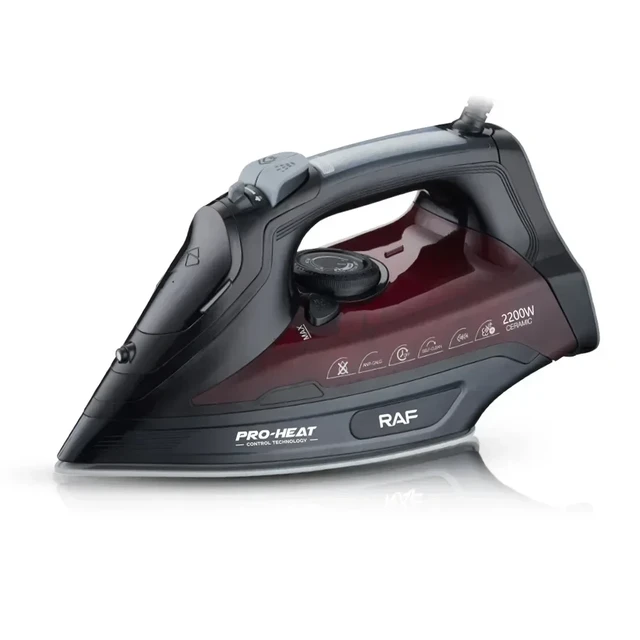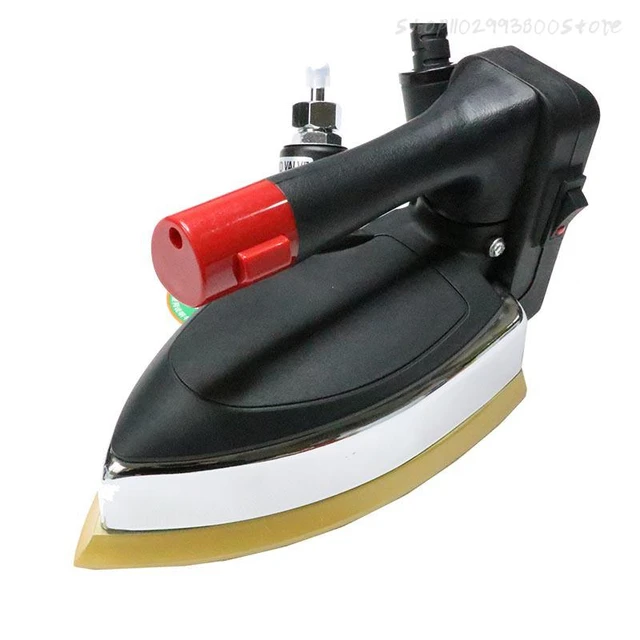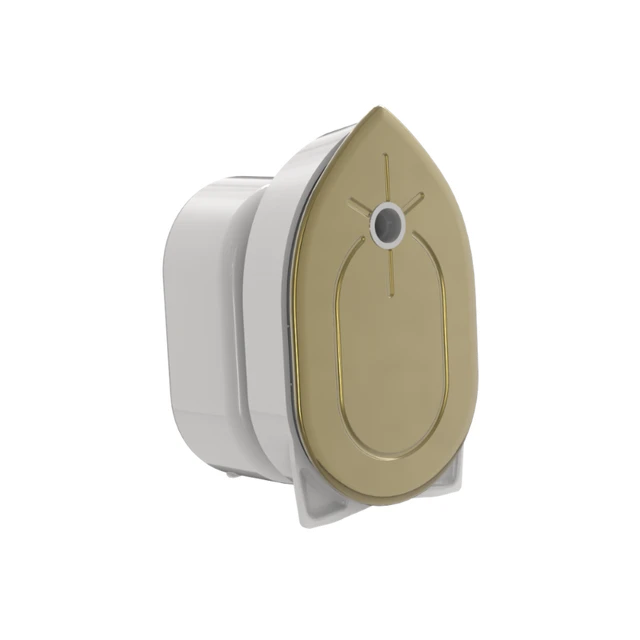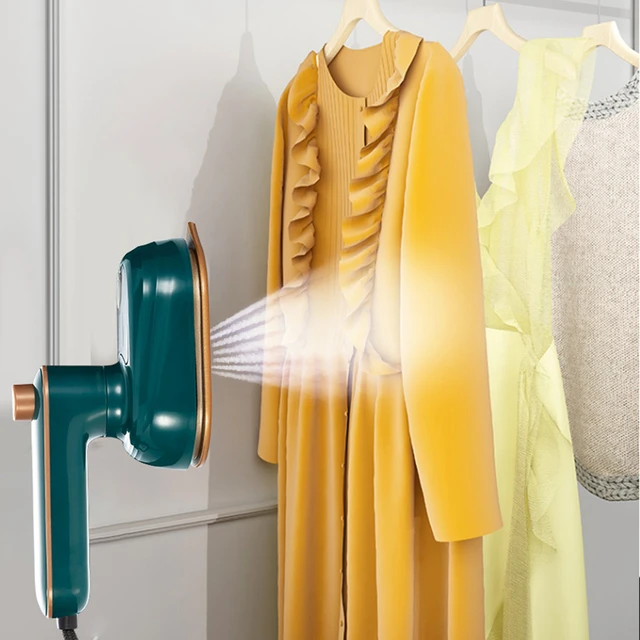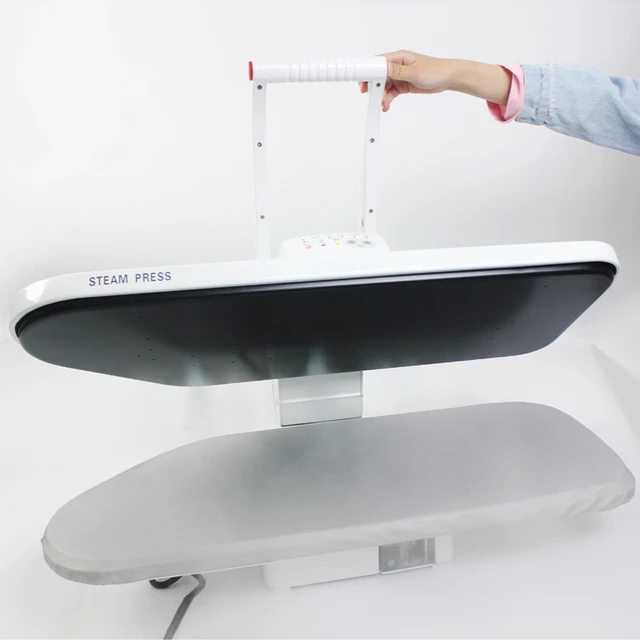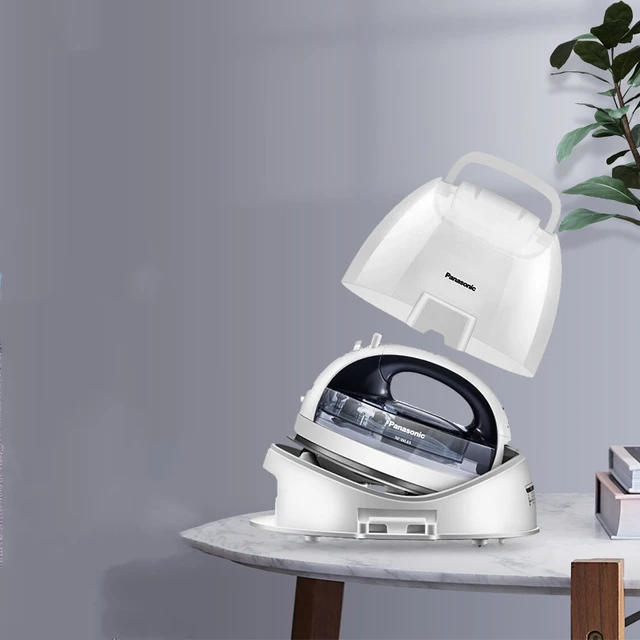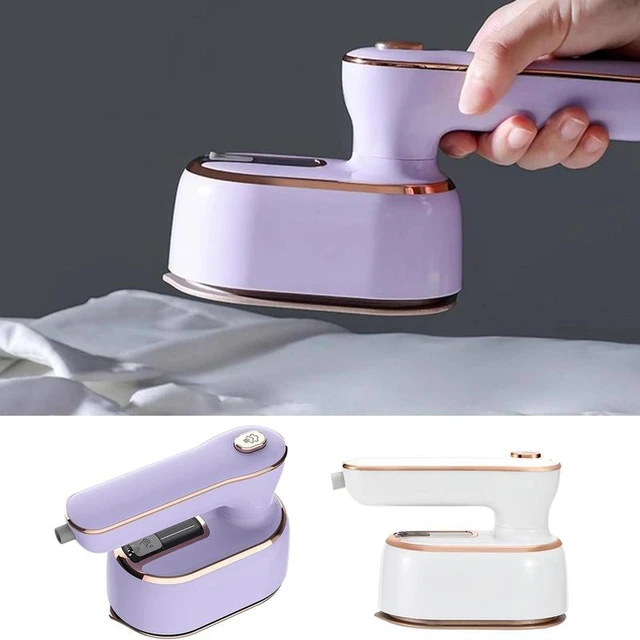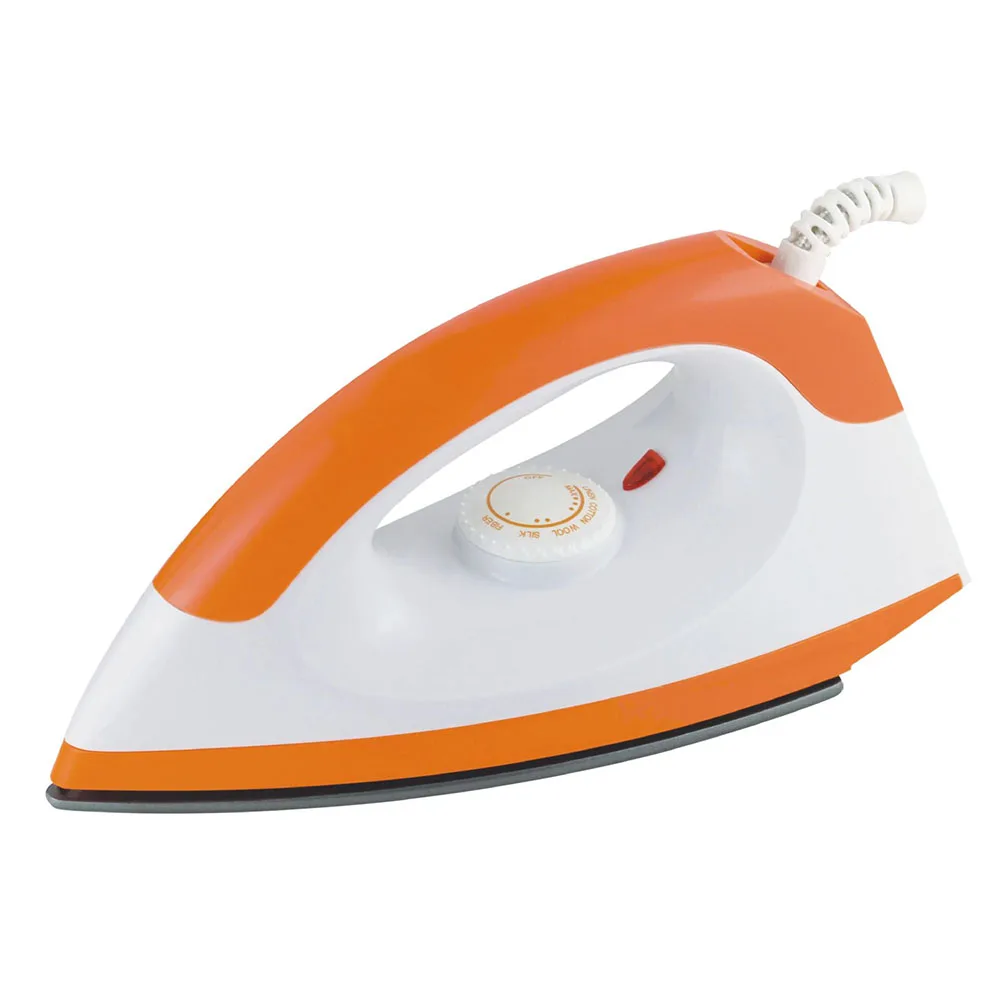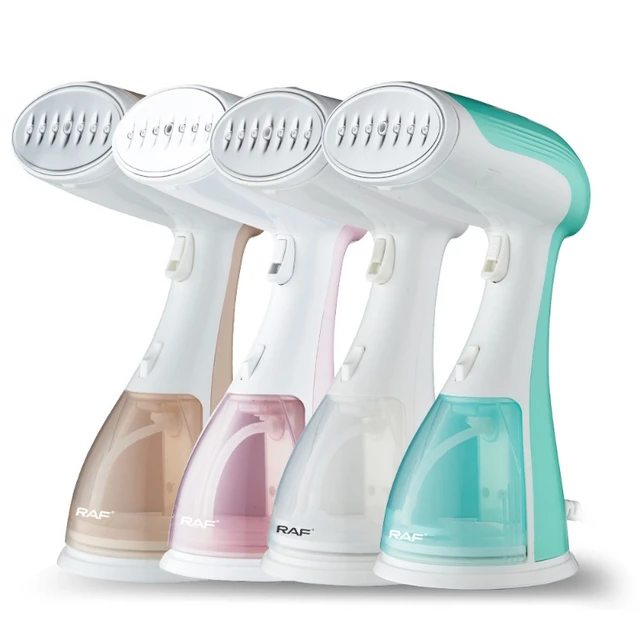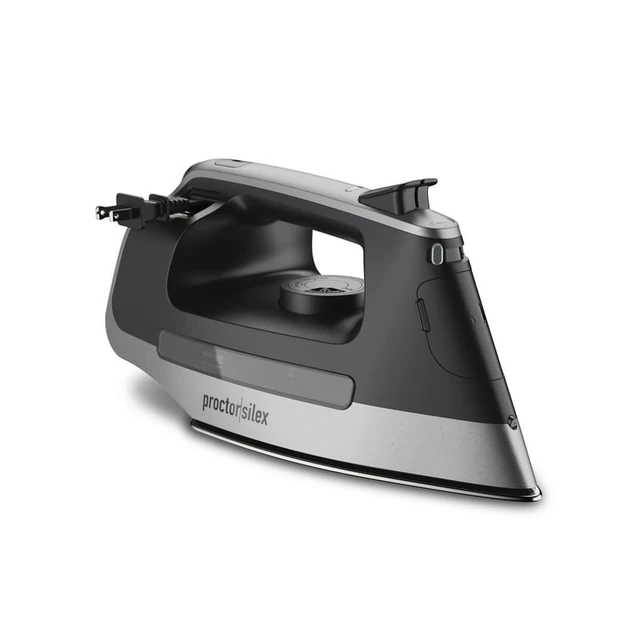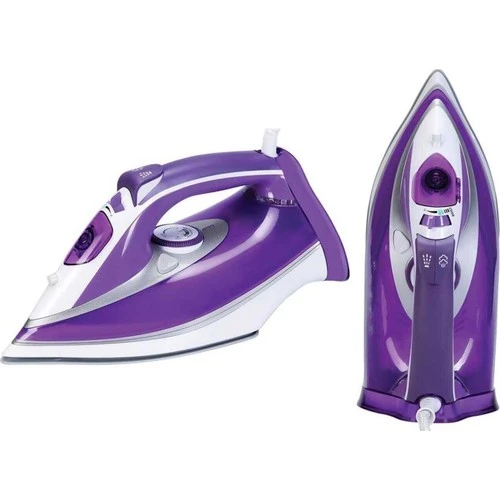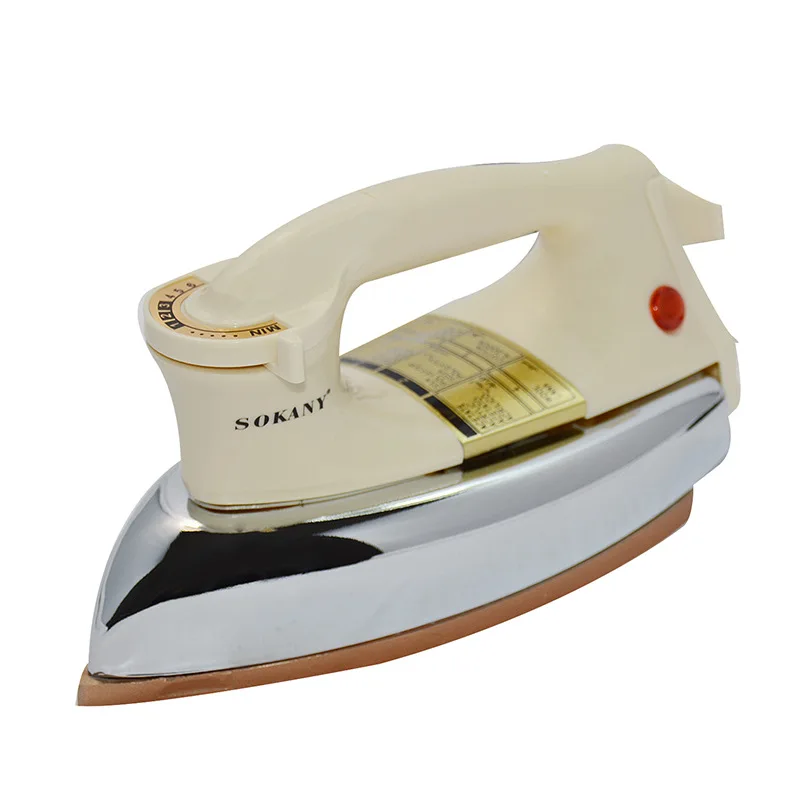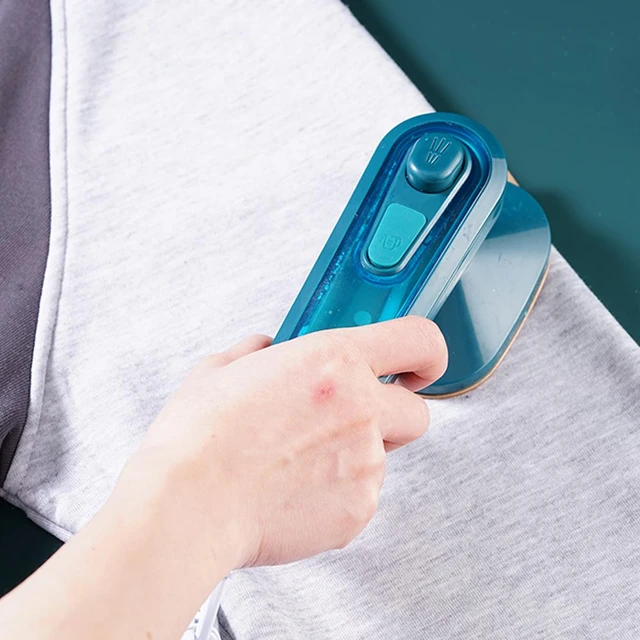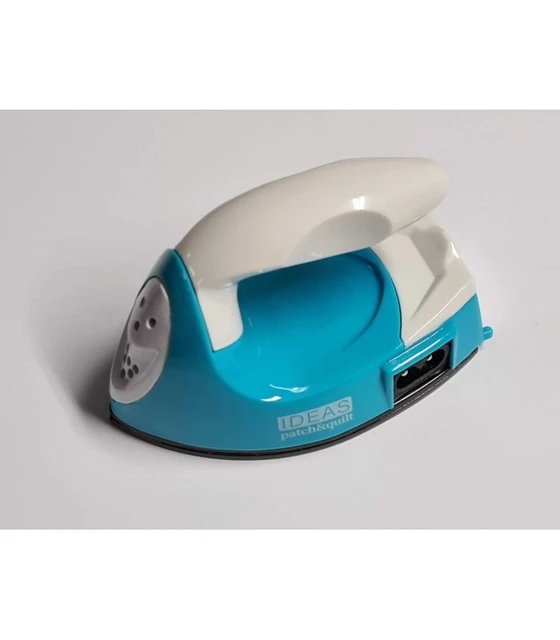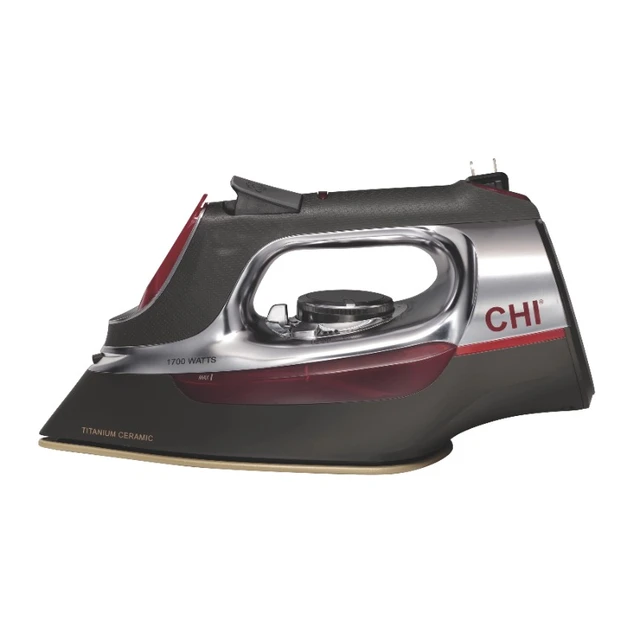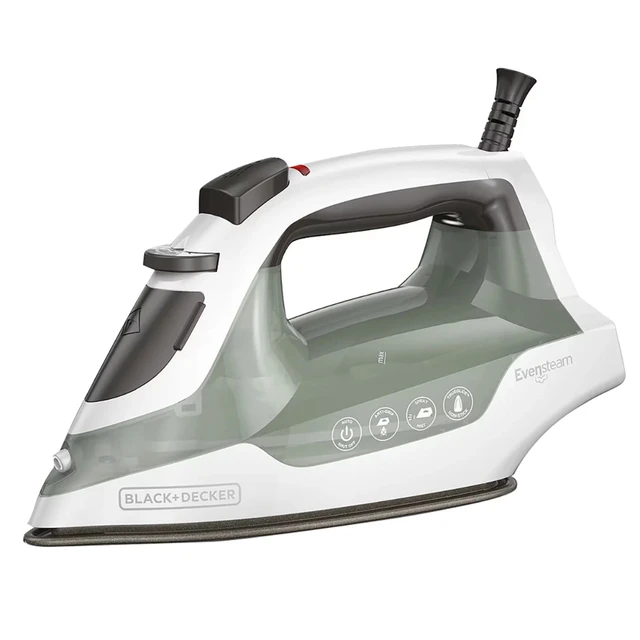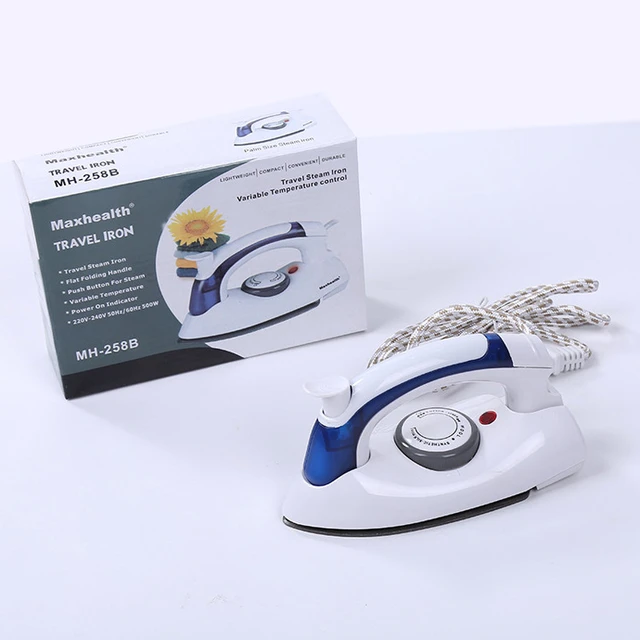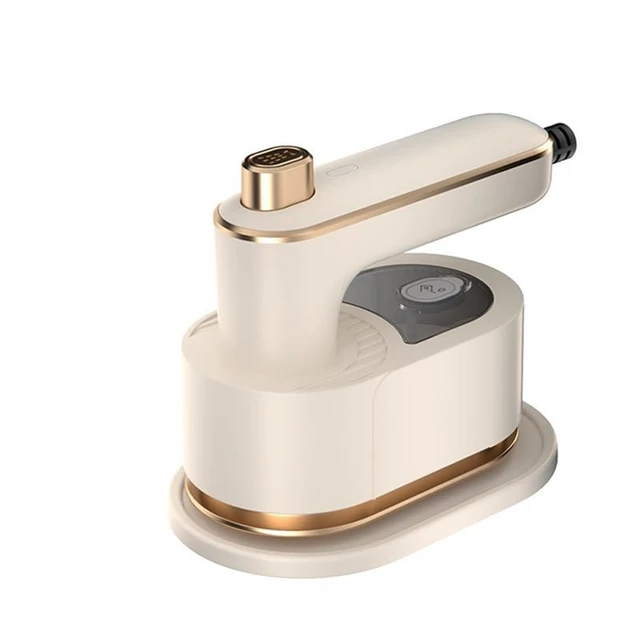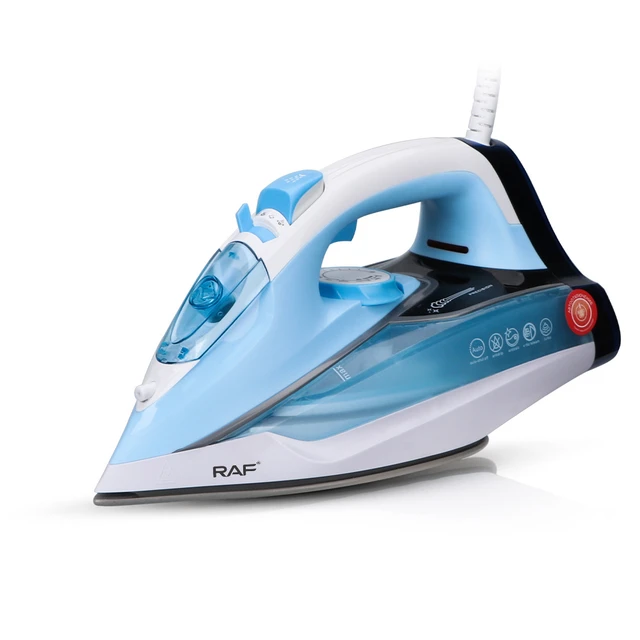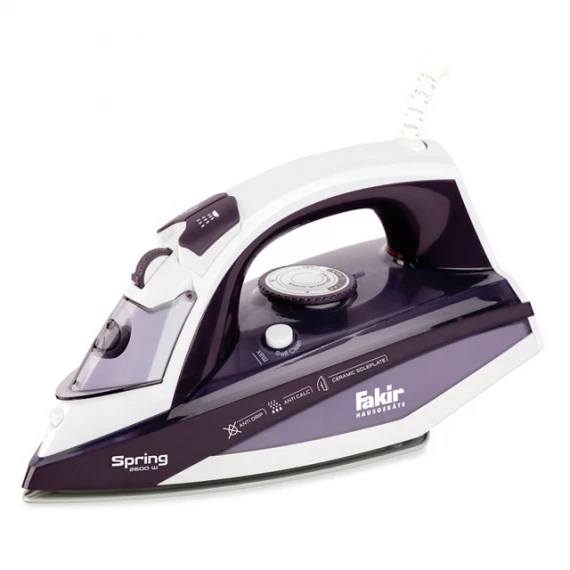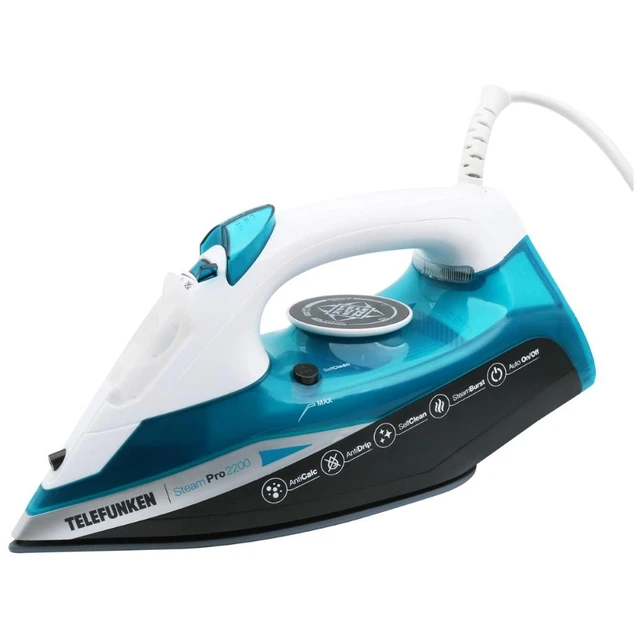Introduction
Discovering an iron burn mark on clothing or fabric can be disheartening, but it’s important to take immediate action to prevent further damage and potentially salvage the affected item. Iron burn marks on clothes occur when the fabric comes into direct contact with a hot iron, resulting in discoloration or scorch marks. In this guide, we will outline the necessary steps to take after noticing an iron burn mark, providing specific instructions of how to remove iron burn marks from clothes, to help minimize the damage and restore the affected fabric.
Understanding Iron Burn Marks
Iron burn marks typically occur due to excessive heat. When a hot iron comes in contact with fabric, it can scorch the fibers. This heat can cause irreversible damage, discoloration, or even holes. Knowing this helps you respond effectively when you notice a burn mark.
Recognizing Types of Burns
There are two main types of iron burns: scorch marks and actual holes. Scorch marks appear as discolored areas. They often turn the fabric a yellowish-brown hue. On the other hand, actual holes indicate more severe damage. In these cases, the fabric has melted or been burned away completely, possibly requiring replacement.
Assessing Damage
Before attempting any cleaning method, you must assess the damage. A careful inspection will help determine if the fabric can be salvaged. Check for discoloration and the integrity of the fibers. If the fabric feels intact but bears a scorch mark, there may be hope yet. However, a hole might limit your recovery options.
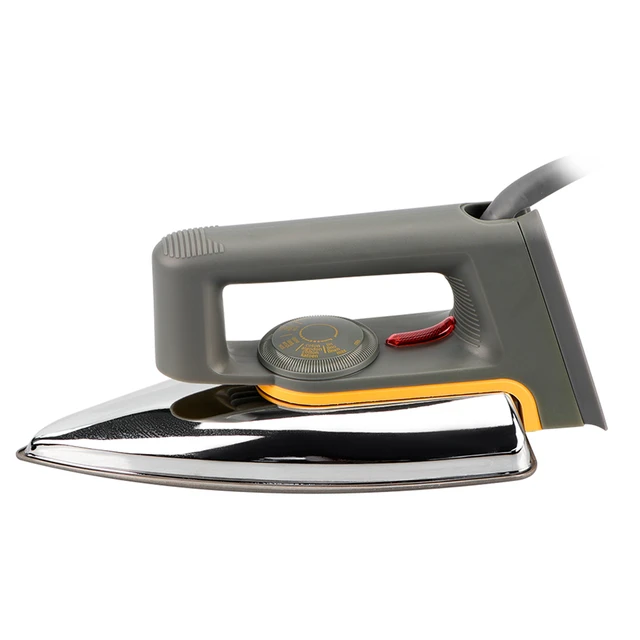
What steps should be taken after noticing an iron burn mark?
Assessing the Severity of the Burn
1.1. Determining the Fabric’s Condition
Before proceeding with any remediation steps, carefully assess the fabric’s condition. Determine if the burn mark is minor, affecting only a small area, or if it has caused significant damage to the fabric. This assessment will help you determine the appropriate course of action.
1.2. Checking for Melting or Charring
Inspect the fabric for signs of melting or charring. If the fabric appears melted or charred, it may be irreparable, and professional assistance may be required. In such cases, it is advisable to consult a professional fabric restorer or dry cleaner for further guidance.
Act Quickly to Prevent Further Damage
2.1. Remove the Iron
If you notice an iron burn mark while ironing, immediately remove the iron from the fabric to prevent additional heat and damage. Set it aside on a heat-resistant surface or turn it off.
2.2. Avoid Touching the Burned Area
Steer clear of touching the burned area to prevent further damage or spreading of the burn mark. Touching the affected area with bare hands or fingers can transfer oils or dirt, potentially exacerbating the damage.
2.3. Let the Fabric Cool
Allow the fabric to cool completely. This step is crucial, as attempting any remediation techniques while the fabric is still hot can lead to further damage.
Trim Away Charred Fibers (if applicable)
3.1. Scissors or Razor Blade
If the burn mark has caused charring or melted fibers that are sticking out, carefully trim away the burnt fibers using a pair of sharp scissors or a razor blade. Take caution to only remove the damaged fibers and avoid cutting into the fabric itself.
3.2. Smooth the Edges
After trimming away the charred fibers, use your fingers or a clean cloth to gently smooth and blend the edges of the remaining fabric. This helps create a more even surface and reduce the visibility of the shiny iron marks.
Test for Colorfastness
4.1. Conduct a Colorfastness Test
Before proceeding with any cleaning or remediation methods, perform a colorfastness test on an inconspicuous area of the fabric, such as an inside seam or hem. This test ensures that the cleaning solution or method you choose will not cause color bleeding or discoloration.
4.2. Follow Manufacturer’s Instructions
Follow the instructions provided by the manufacturer of the cleaning solution or method you plan to use for the colorfastness test. This may involve applying a small amount of the solution or method to the fabric, allowing it to sit for a specified time, and then rinsing with water to check for any adverse effects.
Cleaning Methods for Iron Burn Marks
5.1. Mild Detergent and Water Solution
Mix a small amount of mild liquid detergent with lukewarm water to create a solution. Gently dab the affected area with a clean cloth or sponge soaked in the solution. Avoid rubbing or scrubbing vigorously, as this can further damage the fabric. Continue the process until the burn mark begins to fade.
5.2. Hydrogen Peroxide Solution
For white or light-colored fabrics, you can create a hydrogen peroxide solution to help remove burn marks from iron. Mix equal parts hydrogen peroxide and water. Apply a small amount of the solution to the burn mark using a clean cloth or sponge. Blot the area gently, being careful not to rub or scrub forcefully. Repeat the process until the burn mark fades.
5.3. Lemon Juice and Salt Paste
For natural fabrics, such as cotton or linen, you can create a lemon juice and salt paste to help lighten the burn mark. Squeeze fresh lemon juice onto the burn mark and sprinkle a small amount of salt over it. Gently rub the mixture into the fabric using a clean cloth or sponge. Rinse with water and repeat the process until the burn mark diminishes.
Rinse and Air Dry
6.1. Rinse the Fabric
After applying a cleaning solution or method, thoroughly rinse the fabric with clean water to remove any residue or cleaning solution. Rinse until the water runs clear and there are no traces of the cleaning solution left on the fabric.
6.2. Air Dry
Allow the fabric to air dry completely. Avoid using heat or a dryer, as this can potentially set any remaining discoloration or damage caused by the burn mark.
Additional Tips and Considerations
7.1. Iron Temperature Adjustment
To prevent future burn marks, adjust the iron temperature according to the fabric’s care instructions. Use a lower heat setting for delicate fabrics and a higher setting for sturdier materials. It is also advisable to test the iron temperature on an inconspicuous area of the fabric before proceeding with ironing.
7.2. Prevention Techniques
Once you’ve dealt with an iron burn, take steps to prevent future incidents. Being proactive can save you time, money, and frustration in the long run. Implementing preventive measures is key to maintaining the quality of your fabrics.
Understanding Iron Settings
Understanding your iron’s settings is crucial. Always adjust the temperature to match the fabric type. High temperatures are unnecessary for delicate fabrics. Keeping the iron at a lower setting can prevent burns before they occur. Familiarizing yourself with fabric care labels can also reduce the likelihood of mishaps.
Practicing Ironing Techniques
Incorporating proper ironing techniques helps as well. Always keep the iron moving and avoid leaving it in one spot. Also, consider using a pressing cloth between the iron and fabric. This additional layer provides a protective barrier, reducing the chances of burning.
Seeking Professional Help
If you’ve tried all these methods but remain unsatisfied, consider seeking professional help. A cleaner with experience handling fabric can offer solutions. Furthermore, they may have access to specialized tools and cleaning solutions.
Finding a Textile Specialist
Look for a reputable textile specialist in your area. Research their reviews and check their credentials. A seasoned professional can assess the damage further and provide effective cleaning methods. You’ll want someone experienced in handling a variety of fabric types.
Understanding Professional Services
Before engaging any service, understand what you’re paying for. Inquire about the methods they use and the expected outcomes. This knowledge will set your expectations and help you make informed decisions. Additionally, don’t forget to ask about pricing and timelines for their services.
Conclusion
Noticing an iron burn mark on fabric can be distressing, but taking immediate action and following the appropriate steps can help minimize the damage and potentially restore the affected item. Assess the severity of the burn and determine the fabric’s condition before proceeding with any remediation techniques. Act quickly to prevent further damage, and if applicable, trim away charred fibers. Perform a colorfastness test before using any cleaning method or solution. Select an appropriate cleaning method based on the fabric type and colorfastness results. Rinse the fabric thoroughly and air dry it completely. Take preventive measures in the future to avoid burn marks, such as adjusting the iron temperature and using protective measures. If the damage is irreparable or if your efforts are unsuccessful, consult a professional fabric restorer or dry cleaner for further assistance. By following these steps, you can effectively address iron burn marks and potentially salvage the fabric, restoring its appearance and usability.

